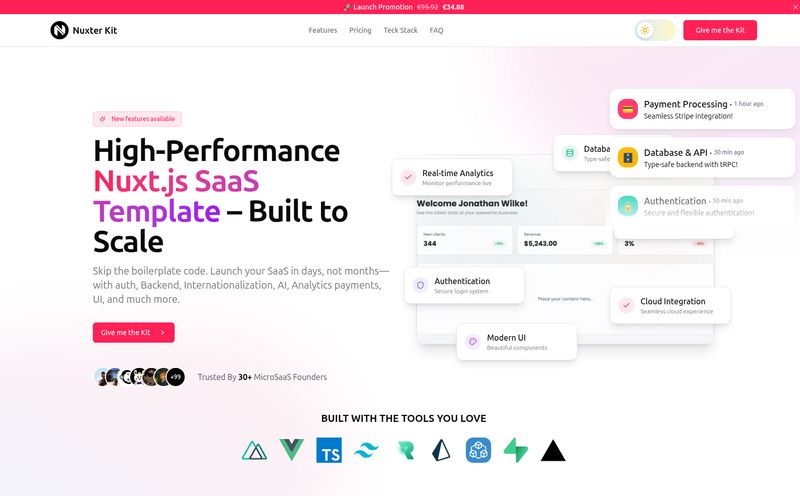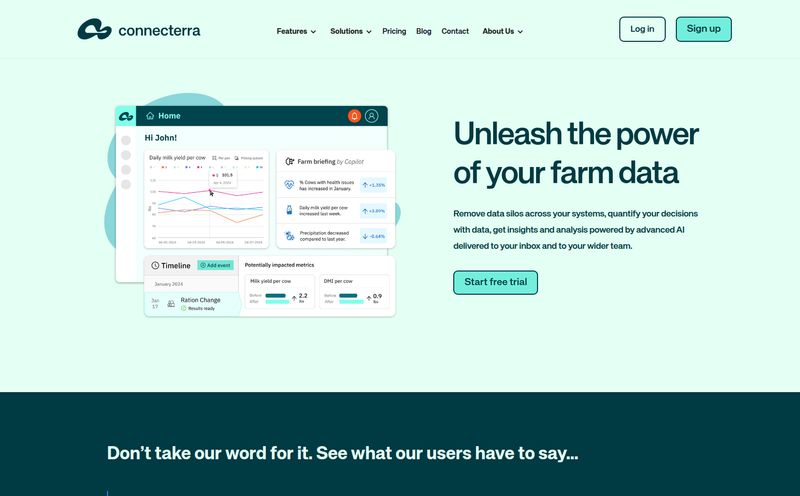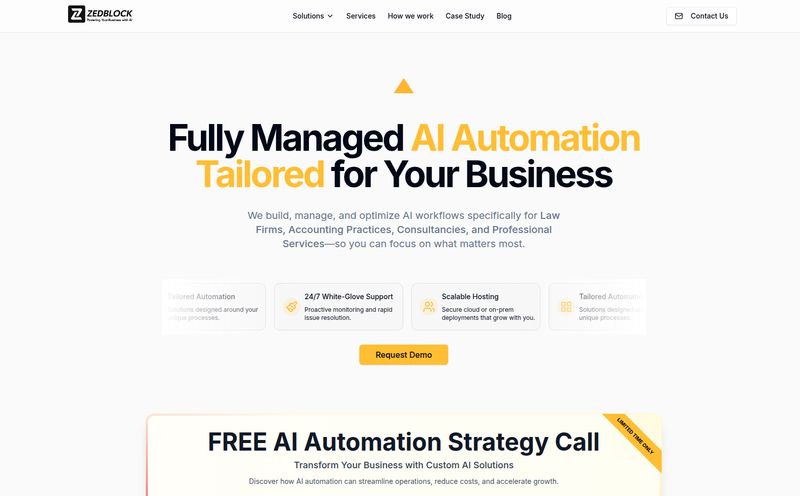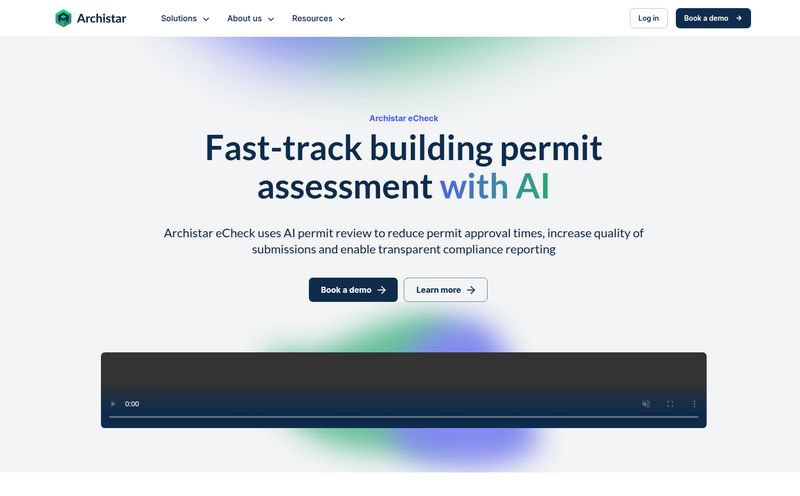If you’re a developer building anything with AI right now, your secrets manager probably looks like a disaster zone. You’ve got an OpenAI key, an Anthropic key for Claude, maybe a Stability AI key for some image generation fun. Each has its own SDK, its own authentication quirks, and its own billing dashboard that you forget to check until you get that dreaded “high usage” email.
It’s a jungle out there. A tangled mess of API keys and documentation tabs that can make you want to throw your laptop out the window. I’ve been there. Just last month, I was trying to prototype a simple app that compared outputs from GPT-4 and Claude 3 Opus. The amount of boilerplate code I had to write just to manage the two connections was… frustrating. To say the least.
Then, a colleague mentioned API2D. At first, I was skeptical. Another wrapper? Another layer of abstraction? But the premise was just too tempting: a single, unified API endpoint for all the major AI models. A universal remote for the AI world. So, I took the plunge. And folks, it’s been an interesting ride.
So, What Exactly is API2D?
Think of API2D as a master key for your AI toolbox. Instead of carrying around a whole janitor’s keyring for every model, you just use one. You plug your various API keys (from OpenAI, Anthropic, etc.) into the API2D dashboard, and in return, they give you a single, shiny new API key and a single endpoint.
From that point on, you just talk to API2D. Want to call GPT-4? You hit their endpoint and specify the model. Want to switch to Claude? You hit the same endpoint and just change the model name. It’s designed to be parameter-compatible, meaning the code you’d use to call OpenAI directly should, in theory, work with API2D with minimal changes. It’s a “fill Key and use” philosophy, and I have to admit, it’s pretty slick.

Visit API2D
The Features That Actually Matter
A platform like this lives or dies by its features. It’s not enough to just forward requests; you have to add real value to justify your existence (and your price tag, but more on that later). Here’s what stood out to me.
One Endpoint, Many Models
This is the headline act, the main event. The sheer convenience of not having to install and manage multiple SDKs is a massive quality-of-life improvement. For rapid prototyping or building tools that let users choose their preferred model, this is a game-changer. You write your logic once and can swap out the AI “brain” underneath with a single line of code. It’s how it should have been from the start, really.
The Magic of Caching
Okay, this is clever. API2D includes a caching mechanism. If your application sends the exact same request twice, API2D can serve the cached response from the first time without actually hitting the underlying model again. Why does this matter? Because you don’t pay for the second call. For applications with repetitive queries—think a customer service bot answering the same three questions all day—this could translate into some serious cost savings. It turns a potential expense into a one-time cost for common requests.
Beyond the Basics: Cloud-Enhanced Goodies
API2D also throws in some extra tools, like content security filtering and retrieval-enhanced generation (RAG) tools. These are a bit more niche, but they show a commitment to building a full-fledged platform rather than just a simple pass-through service. For teams without the resources to build their own safety layers or complex RAG pipelines, these could be incredibly helpful.
Let's Talk Turkey: The Pricing Conundrum
Alright, nothing in life is free. This is where things get complicated. API2D operates on a pay-as-you-go model, which is great—no monthly subscriptions, just pay for what you use. But here’s the catch: it’s a middleman, and middlemen need their cut.
Based on their documentation and some community chatter, API2D’s pricing seems to be about 1.5 times what you’d pay OpenAI directly. Ouch. That’s a significant markup. This is the classic trade-off: you’re paying a convenience tax. You’re paying to avoid the headache of managing all those keys and SDKs yourself. For some, that's a price well worth paying. For a large-scale operation where every fraction of a cent counts, that 50% markup could be a deal-breaker.
They also mention a “minimum consumption of 1P per call.” Honestly, I couldn't find a clear definition of what a 'P' unit translates to in hard currency, which is a bit of a transparency issue for me. It seems to be their internal credit system, so you’ll want to check their latest docs carefully before committing to any major workload.
The Good, The Bad, and The Quirky
After a couple of weeks of tinkering, I’ve got a pretty good feel for the platform. It's not perfect, but it's definitely interesting. Here’s a quick rundown of my thoughts.
| What I Liked 👍 | What I Didn't Like 👎 |
|---|---|
| Unbelievable Simplicity: The core promise is delivered. It simplifies development significantly. | The Price: That 1.5x markup is hard to ignore for any project at scale. |
| Pay-As-You-Go Flexibility: Perfect for small projects and experiments without being locked into a subscription. | The 'GPT-4 Quirk': Results can differ from the direct API, which is a major 'gotcha'. |
| Cost-Saving Cache: A genuinely smart feature that can offset some of the higher costs on the right projects. | Minor Opacity: The whole 'P' unit for billing feels a bit vague. |
Let’s talk about that “GPT-4 Quirk” for a second, because it’s important. The documentation notes that API results for GPT-4 might differ from what you get from ChatGPT directly. This is because API2D is calling the base model API. The ChatGPT interface we all use has a bunch of extra stuff built-in—system prompts, special tools, and fine-tuning that we don’t see. So if you're a prompt engineering wizard trying to replicate a specific behavior from the web UI, you might get different results via API2D. It’s not really API2D’s fault, but it’s something to be very aware of.
Who is API2D Actually For?
So, who should be rushing to sign up? In my opinion, it breaks down like this:
- The Indie Hacker or Startup Founder: Absolutely. Your time is more valuable than the slight markup in API costs. This platform lets you move fast, experiment with different models, and get your product to market without building a ton of custom infrastructure. It’s a perfect fit.
- The Agency or Freelance Developer: Yes. If you're managing multiple client projects, each with their own AI needs, API2D could be a godsend. It centralizes everything into one place for management and billing. A huge win for administrative sanity.
- The Enterprise User: Probably not. At an enterprise scale, that 1.5x cost multiplier becomes a very, very big number. Big companies have the engineering teams and resources to build their own internal API gateway, saving money in the long run.
Getting Started with API2D
It's as simple as it sounds. You sign up on their site, navigate to your dashboard, and start adding the API keys from the services you want to use. They’ll then provide you with your API2D key. Just swap out your old endpoint and key for the new ones in your code, and you’re pretty much done. It’s a 10-minute job, tops.
Frequently Asked Questions about API2D
- Is API2D a replacement for OpenAI?
- No, not at all. Think of it as a front door or a gateway to services like OpenAI, Claude, and others. You still need an account (and API key) with the original provider.
- How does the pricing work again?
- It's a pay-as-you-go system where you're charged for what you use. However, there's a markup on the direct cost from the model provider (e.g., around 1.5x the cost of OpenAI) to pay for the convenience and extra features.
- Is API2D secure with my API keys?
- Any API forwarding service needs to store your keys securely to function. While they certainly have security measures in place, you should always review the privacy policy of any third-party service you entrust with sensitive credentials. It's just good practice.
- Can I use my existing code with API2D?
- Yes, for the most part. It’s designed to be parameter-compatible, so it should be a drop-in replacement in your code. You'll just change the API endpoint URL and the authentication key.
- What’s the main difference between using API2D’s GPT-4 and OpenAI’s direct API?
- The potential for different results. API2D calls the base model, while the consumer-facing ChatGPT has other hidden prompts and tools that can affect the output. This is a critical distinction for advanced users.
My Final Verdict
So, is API2D the future of AI development? For a certain type of developer, I think it might be. It’s not for the mega-corporation looking to shave pennies off millions of API calls. It's for the builders, the creators, the ones who value speed and simplicity above all else. It's a tool that elegantly solves a very real, very annoying problem.
The price gives me pause, I won’t lie. But the time and frustration it saves? That has value, too. For my next weekend hackathon project, you can bet I'll be reaching for my API2D key. It just makes things easier, and sometimes, that’s all you need.
Reference and Sources
- Official Platform: API2D (Note: A direct link would go here)
- For Price Comparison: OpenAI Pricing Page
- For Price Comparison: Anthropic (Claude) Pricing Page



